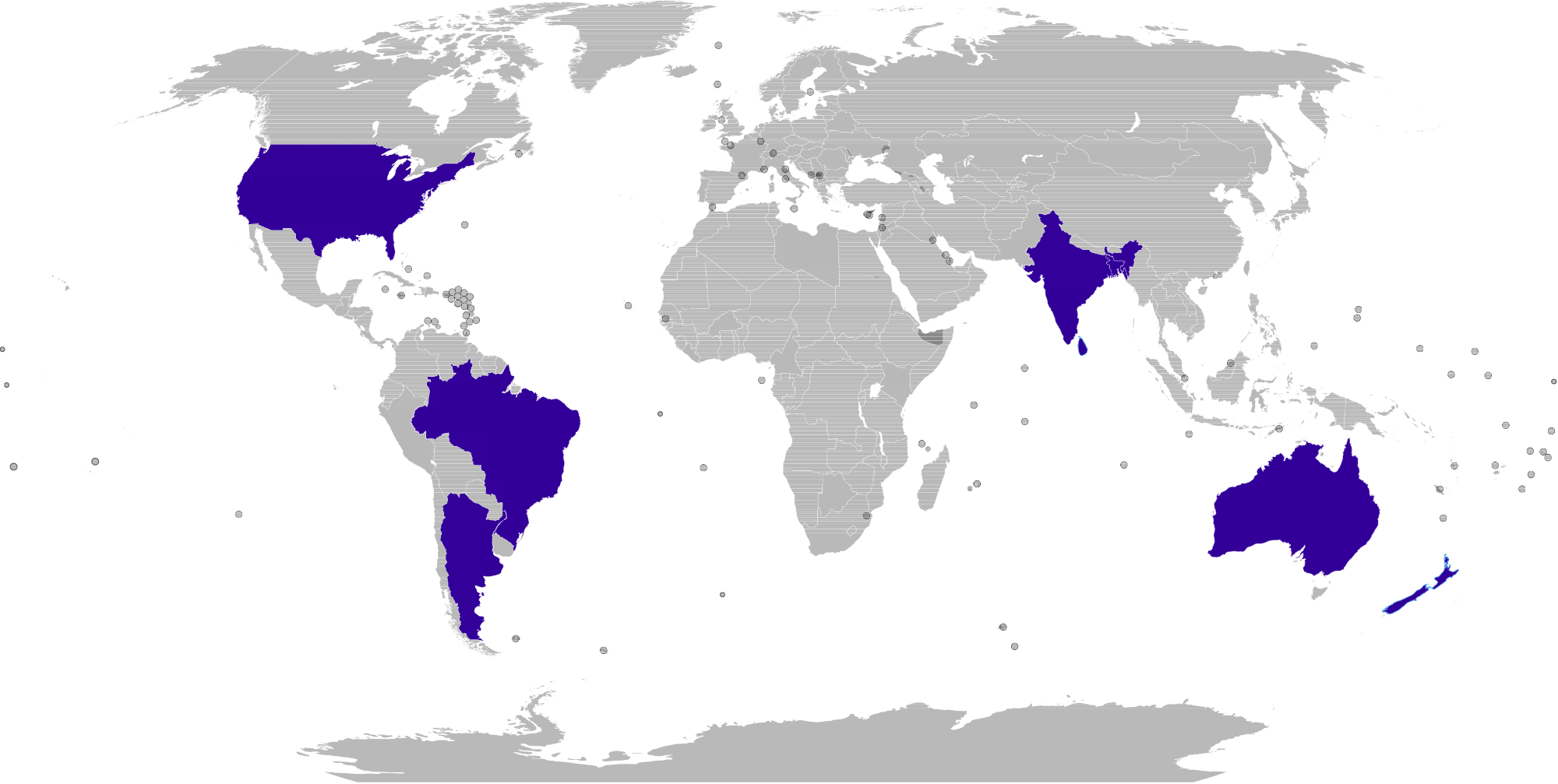
The GOSSIS Consortium
The Global Open Source Severity of Illness Score (GOSSIS) is a new in-hospital mortality prediction algorithm created by the GOSSIS consortium.
Presently there are consortium members from Argentina (SATIQ), Australia and New Zealand (ANZICS-APD), Bangladesh, India, Nepal and Sri Lanka (NICST), Brazil (ORCHESTRA), and the United States (eICU-CRD and MIMIC-III).
The consortium seeks to:
1. Pool and coordinate resources to create a database containing a large amount of critical care data from many different intensive care units (ICUs) worldwide, and
2. Develop a new family of open source scoring systems for assessing the severity of illness of critical care patients internationally.
Why Gossis?
Severity of illness has been traditionally linked with mortality risk. However, the relationship of severity of illness with mortality likely differs across ICUs based on a host of factors, including but not limited to staffing, capacity for special diagnostic tests and interventions, and variation in the culture of quality and patient safety. While, in theory, one would think that physiology transcends geography, differences in care systems and patient populations may translate the same score to very different outcomes. Put simply, an illness severity translates into different mortality risks depending on where the patient is located. This is problematic given that the two concepts are intrinsically linked in developing the score. Although these issues are understood in theory, an objective quantification of these differences is not possible without a validated severity of illness system developed from an international collaborative.